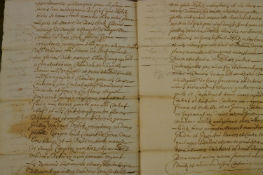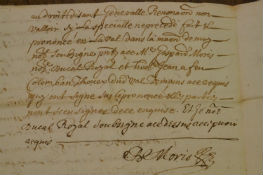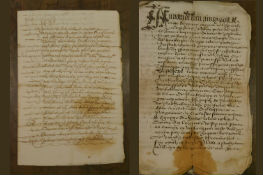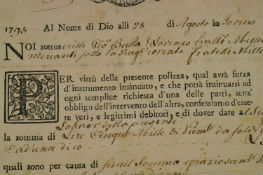Versione italiana English version Version française Versión en español
The Millet family appeared in Tignes in Tarantasia as early as the 16th century, as can be seen from the first series of documents in their archives. In the eighteenth century the brothers Lorenzo and Giovanni Battista Millet opened in Turin a store of trinkets, in the district of Po, which were purchased on 28th July 1755 by Maurizio Tavernier. The shop prospered greatly to the point that at the Restoration the Millet brothers asked, in 1815, the Consulate of S.M. in Turin for the exclusive manufacture and sale of silver plated artifacts. The request was granted by King Vittorio Emanuele I in 1816.
Lorenzo Millet left two sons: Giovanni Battista who succeeded his father and uncle in the company, and Felice, captain of artillery who died on 4th January 1813 in Wilna during the Napoleonic campaign in Russia.
The last of the Millets, Giovanni Battista died on 23rd June 1831, a bachelor; ab intestato in Turin. The inheritance was liquidated by relatives, including the well-known prof. Carlo Ignazio Giulio, who personally took care of the tangled liquidation of the shop and the factory.
On that occasion the papers found in the house, in the shop and in the factory were collected and accumulated in the Giulio archive, so that today we can, through the reading of the inventory, know a little known industrial activity such as silver plated in the Sardinian Kingdom.
The Millet Fund is also one of the rare commercial archives that has reached us, doubly useful for the study of the economic activities of the eighteenth and nineteenth centuries in Piedmont.
The validity of the Millet Company is evidenced by the close correspondence with Italian, French, English, Dutch, German, Belgian, Swiss and Austrian companies for the purchase of manufactured goods related to its activity. The correspondence is ordered in two sections: Italy and Foreign States with their respective lists in alphabetical order of the locations and then the correspondents.
Edited by Aldo di Ricaldone.
- Archive inventory (pdf 129 KB)




